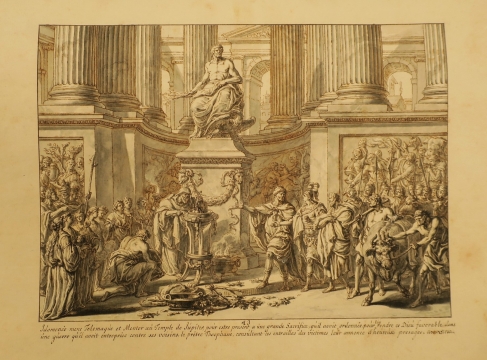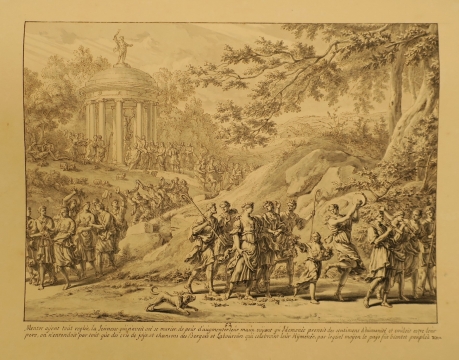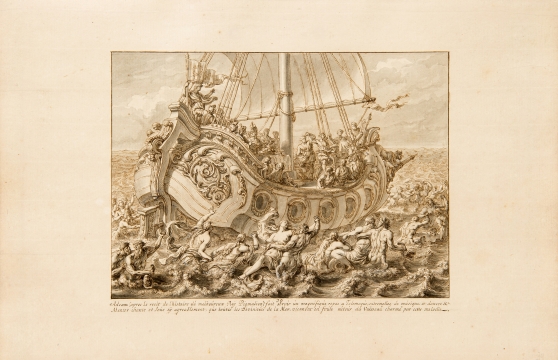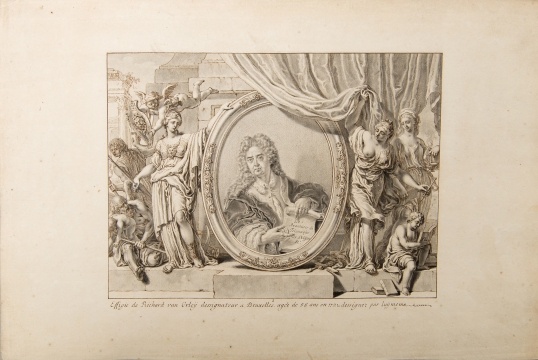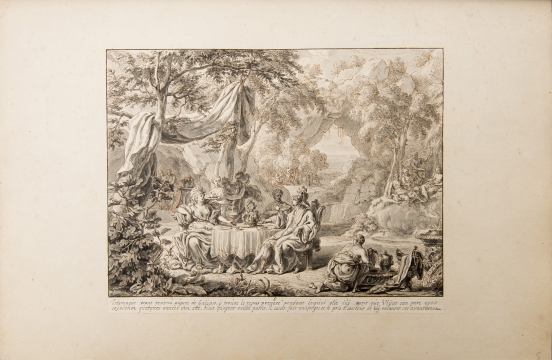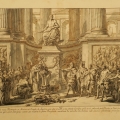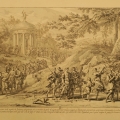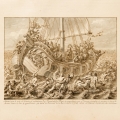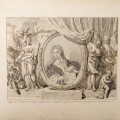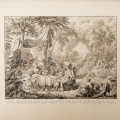Richard van Orley
1721
Type:
Album of 86 drawings
Material / technique:
Pen on paper, bound in leather
Dimensions:
17 x 23.4 cm (drawings), 25 x 38.5 cm (album)
Type of acquisition:
Acquired by the Marie Jeanne Dauchy Fund
Year of acquisition:
2018
Depository institution:
Royal Library of Belgium
